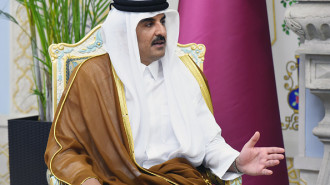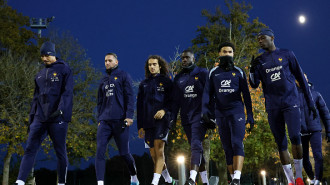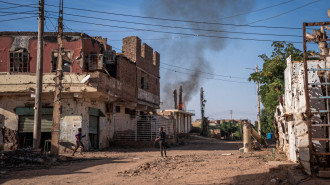US-backed forces in new attack on IS in Syria's Raqqa after militants unleash 'intense' attack
US-backed fighters launched a renewed attack on Islamic State group militants inside their Syrian bastion Raqqa on Saturday, seeking to retake a key eastern neighbourhood, according to a London-based monitor.
"The Syrian Democratic Forces started a counter-offensive on Friday night to retake al-Senaa," said Rami Abdel Rahman, head of the Syrian Observatory for Human Rights.
The SDF first ousted IS from al-Senaa on June 12, less than a week after they first entered Raqqa.
But IS pushed back, unleashing a slew of car bombs and attacks from weaponised drones and taking back control of the neighbourhood on Friday.
"It was Daesh's most intense attack yet," a military source from the US-backed fighters told AFP, using an Arabic acronym for IS.
The source said IS had surrounded about 50 members of the Elite Forces - US-backed Arab fighters allied with the SDF - before heavy coalition airstrikes broke the siege.
Al-Senaa is key for both the SDF and IS because it is adjacent to the city centre, where most IS fighters defending Raqqa are thought to be holed up.
Around 2,500 militants are fighting inside Raqqa, according to British Major General Rupert Jones, a deputy commander of the US-led coalition backing the SDF.
"At this point, the SDF has retaken about 30 percent of al-Senaa. There are clashes and coalition airstrikes in that neighbourhood and across the city," Abdel Rahman told AFP.
The US-led coalition has provided key support to the SDF's offensive, with airstrikes, on-the-ground advisors, weapons, and equipment.
On Saturday, the Observatory said 193 civilians, including 33 children, had been killed in Raqqa since the US-backed SDF entered the city.
The Britain-based monitor said 219 IS fighters had been killed in airstrikes and clashes in the same period, but he had no immediate toll for the SDF's losses.
The United Nations estimates some 100,000 civilians remain in Raqqa, with the militants accused of using them as human shields.
The city became infamous as the scene of some of the worst IS atrocities, including public beheadings, and is thought to have been a hub for planning attacks overseas.
While the offensive against IS continues, the UN's refugee agency said around 500,000 Syrians who were displaced from their homes by war have returned to their homes.
Estimates by aid agencies say that over 440,000 internally displaced people and a further 31,000 refugees who travelled abroad have returned home.
UNHCR spokesman Andrej Mahecic described the return as a "significant trend, and a significant number" but cautioned that this was "only a fraction" of an estimated 5 million Syrian refugees.
Most of the returnees have gone back to Aleppo, Hama, Homs, Damascus and other governorates, Mahecic added, saying that they may have gone back to "a real or perceived improvement in security conditions".

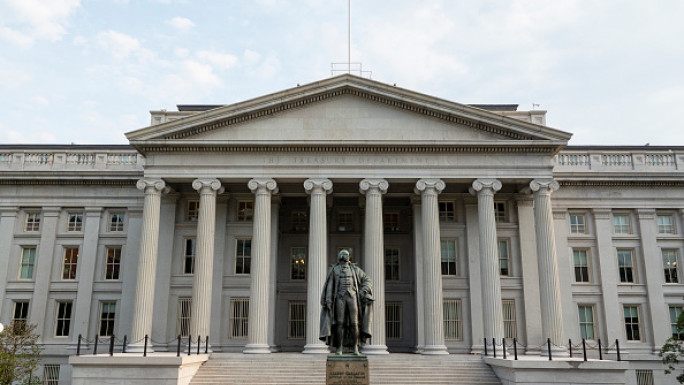
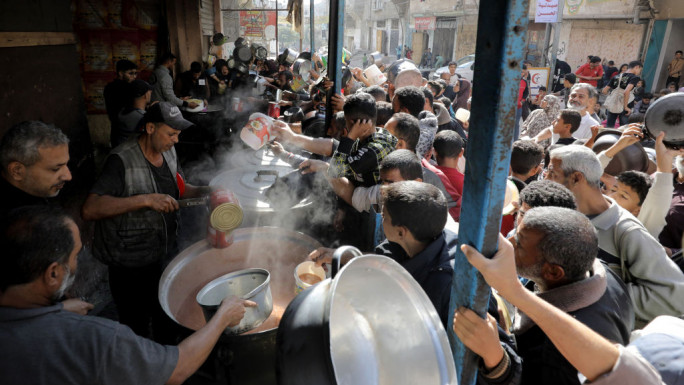


 Follow the Middle East's top stories in English at The New Arab on Google News
Follow the Middle East's top stories in English at The New Arab on Google News
